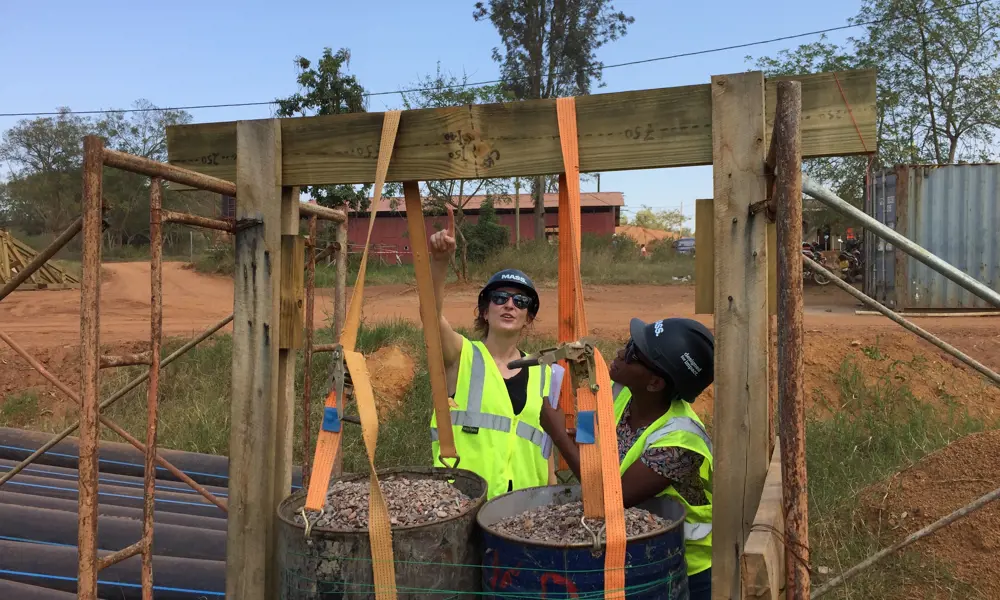
Q&A: Rosie Goldrick
Quick-fire facts
Age:32
Qualifications: MEng, CEng.
Biggest engineering inspiration: When I was young I was very inspired by the various bridges across the Thames.
Most-used technology: Slack, Autodesk® Robot™.
Three words that describe you: empathetic, energetic, extroverted.
Why did you first become interested in engineering?
I grew up in London, surrounded by historic buildings and skyscrapers as well as rundown housing estates, so I always understood the impact of the built environment on how people live, work and travel. That was when I first became interested in designing buildings. My aunt was an architect, and I was quite good at art and maths, so initially I was leaning towards architecture. However, I had a really good careers advisor who told me about structural engineering.
How did you get to where you are now?
Before I started university, I did a year in industry with Mott MacDonald. I also received the Institution of Civil Engineers’ QUEST scholarship, so was sponsored by Atkins at university. I would work there every summer, and work for Mott MacDonald every Easter, both of which gave me valuable real-life experience while I was studying. I studied civil engineering and architecture at the University of Southampton.
After university I worked for Atkins for five years, mainly designing big infrastructure. One of the best projects I worked on there was the Doha Metro underground stations, where we designed the 13 stations on the Gold line. I was lucky to be able to work in India for this project, as the design was being worked on from Scotland, India and Qatar.
In 2016, I took a one-year engineering placement with Engineers Without Borders in Rwanda with MASS Design Group, and never left.
What have been your biggest achievements to date?
My proudest achievement is expanding the engineering team here – we’ve grown from just four people to 22 and are now a group of multidisciplinary engineers. It’s great to be working in a team with broad mix of nationalities and specialties: architects, landscape architects, engineers (structural, geotechnical, MEP and civil), product designers, and constructors. We have such a focus on training and keeping staff that we’ve developed a reputation in the industry here for being good for training, and that’s been really rewarding. Four years ago, our engineering team was just three people and not well known, but now we get so many CVs from people who want to work here.
Last year I also received a Royal Academy of Engineering Engineers Trust Young Engineer of the Year award, as well as the Sir George Macfarlane Medal. It was nice to get that recognition and one of my colleagues had nominated me so that was a huge personal achievement.
The nature of the work requires a good understanding of maths and physics, but it’s really creative too, which I think people don’t always realise
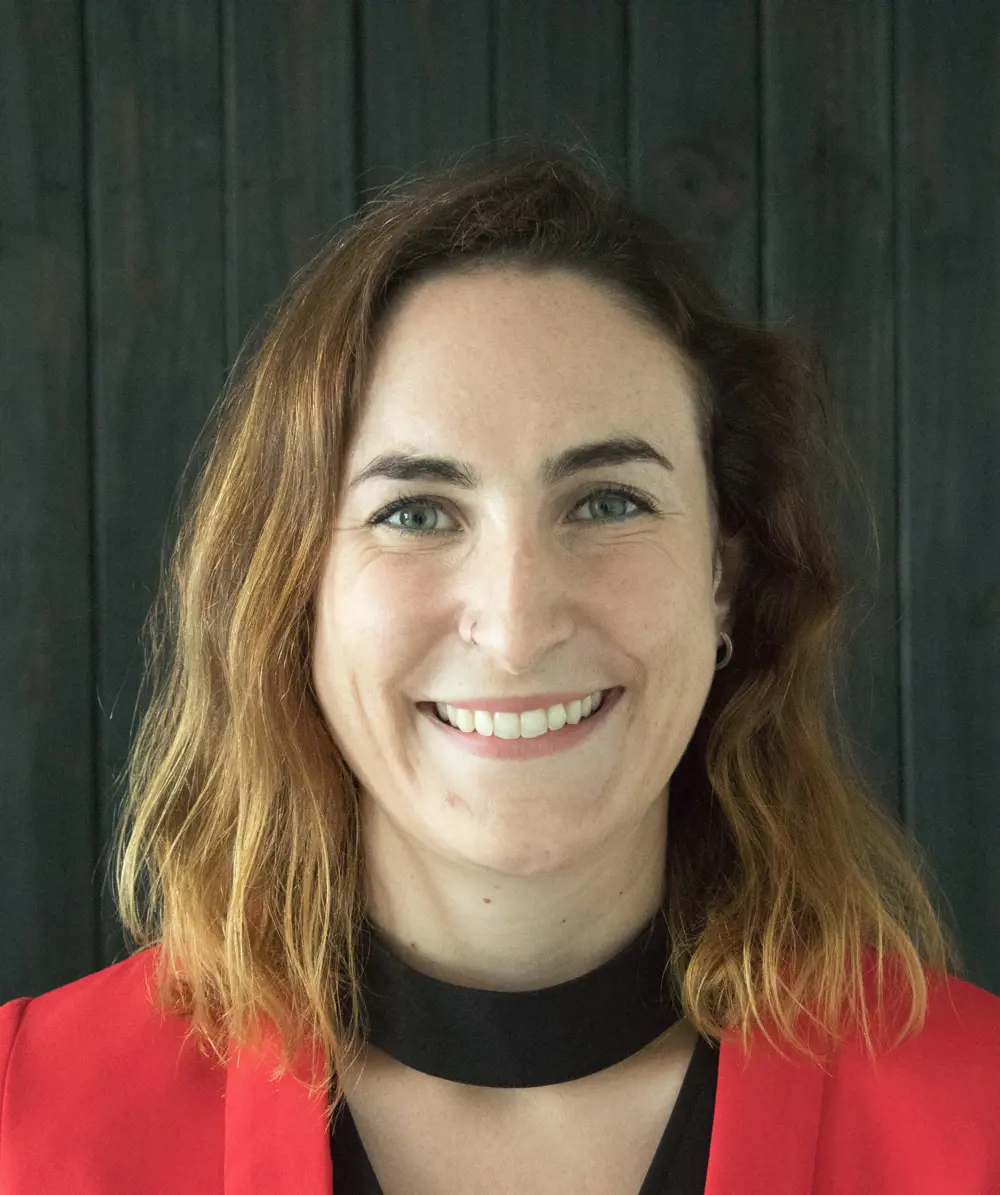
Rosie Goldrick
What’s your favourite thing about being an engineer?
I love figuring things out and solving problems. The nature of the work requires a good understanding of maths and physics, but it’s really creative too, which I think people don’t always realise. There’s a lot of collaboration and creativity involved in solving complex problems, and I love working with a range of disciplines. We have to be able to work with everyone to explain and defend our designs, and use judgement in balancing different factors such as safety, durability, cost, sustainability, and user experience.
I also love that I get to work in the office and on site, where I spend about one day a week. It’s great to see something that you’ve drawn on paper come to life. The first time I saw something I designed get built was a great achievement. In my old firm, we worked on huge infrastructure projects that ran for five or ten years, so I didn’t really get to see things from start to finish.
What does a typical day at work involve for you?
At the moment we’re working on an agricultural university campus, the Rwanda Institute for Conservation Agriculture (RICA). This project includes student housing, faculty housing, and different teaching buildings. We’re also working on a purpose-built gorilla conservation facility, the Ellen DeGeneres Campus of the Dian Fossey Gorilla Fund, to help them to protect and study gorillas, train the next generation of African conservationists, and build the conservation capacity of local communities.
When I’m not on site, I’m usually managing projects in the office, carrying out structural design and coordinating with the architects. I am also responsible for the management of the team, so I spend some time figuring out their workload and who will work on what.
What would be your advice to young people looking to pursue a career in engineering?
Engineering is a great career choice. It’s really creative and there are so many diverse opportunities. My advice would be try and do some work placements to get a sense of what you enjoy because there are a lot of different routes into engineering and so many disciplines. Placements could be site-based or office-based or a bit of both, but it’s good to get experience. Before choosing civil engineering, I did some mechanical engineering work placements.
What’s next for you?
I think I’ll be here in Rwanda for the foreseeable future. I hope that my focus can be on utilising local materials and efficient low-carbon design in response to the climate crisis. Using local materials also helps to boost the local economy. My other main focus area is seismic design; structural engineering plays such an important role in safety, so we do quite a lot of advocacy work on designing and constructing safely with low-carbon materials. It would be great to continue to have buildings that exemplify that, which we can use as examples to show that it really can be done. RICA, the agricultural university that we’re working on, has just 40% of the embodied carbon of the global average – it shows people that it can be done in Rwanda, not just Europe or the US.
***
This article has been adapted from "How I got here- Rosie Goldrick", which originally appeared in the print edition of Ingenia 83 (June 2020).
Keep up-to-date with Ingenia for free
SubscribeRelated content
Civil & structural
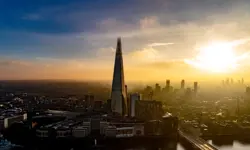
Building the Shard
The Shard is one of London's most iconic buildings. The tallest in Western Europe, it was designed by Italian architect Renzo Piano and dominates the city’s skyline. Ingenia spoke to John Parker, project director for structural engineers WSP, who outlined the engineering decisions made in building the enormous steel and glass structure.
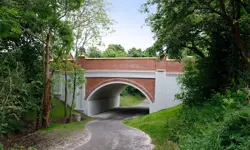
FlexiArch
Arch bridges are strong, durable and require little maintenance. However, very few had been built since the early 1900s until the FlexiArch was developed and launched in 2007. Now, there has been a minor renaissance for this ancient form of construction.
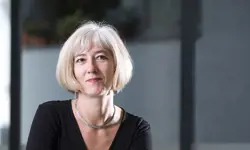
Creating user-friendly buildings
For Michelle McDowell, a former Business Woman of the Year, a passion for joined-up design thinking and building information modelling with a user-friendly approach has enabled her to pioneer revolutionary changes in her field.
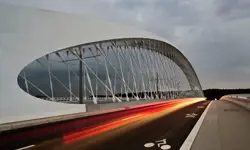
Troja Bridge
In November 2014, one of the world’s largest network arch bridges was officially opened in Prague. The UK may soon have its first network arch bridge if the go-ahead is given for a new rail project in Manchester.
Other content from Ingenia
Quick read

- Environment & sustainability
- Opinion
A young engineer’s perspective on the good, the bad and the ugly of COP27

- Environment & sustainability
- Issue 95
How do we pay for net zero technologies?
Quick read

- Transport
- Mechanical
- How I got here
Electrifying trains and STEMAZING outreach

- Civil & structural
- Environment & sustainability
- Issue 95